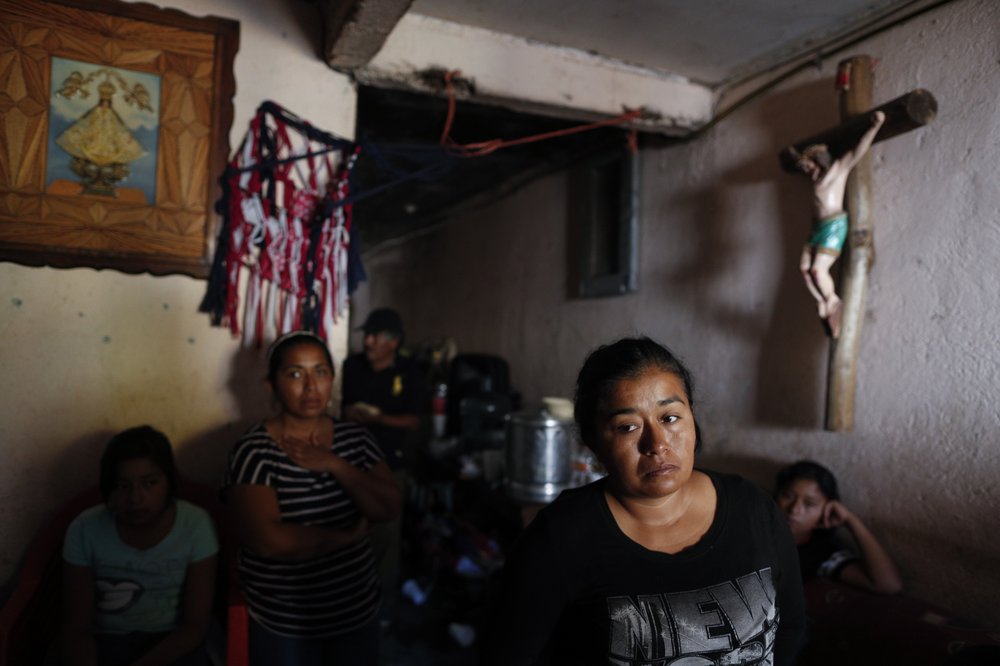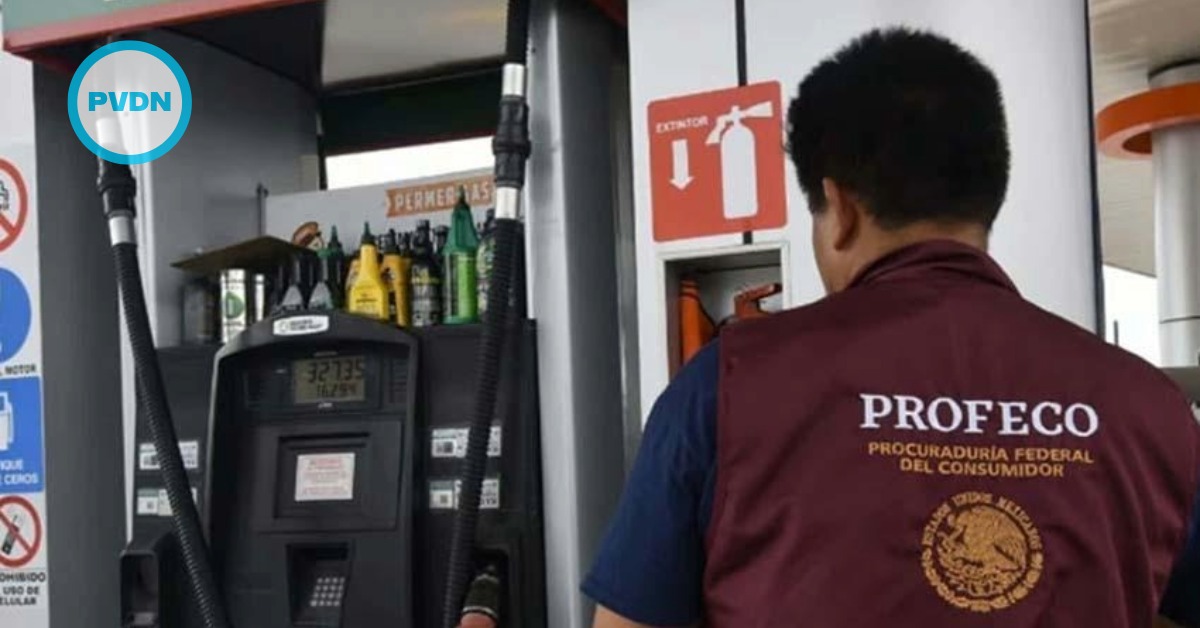Mexico’s drug war has long played out in dusty northern border cities or the poppy fields of its southern mountains, but now the killings have moved to the conservative industrial heartland state of Guanajuato, creating a strange duality: shiny new auto plants and booming foreign investment even as the state becomes Mexico’s most violent.
Gleaming four-lane highways pass sprawling automotive plants and people carry yoga mats and sip chai at outdoor cafes in upscale suburbs. Several new luxury subdivisions spring up every year in the state’s colonial city of San Miguel de Allende . . .






